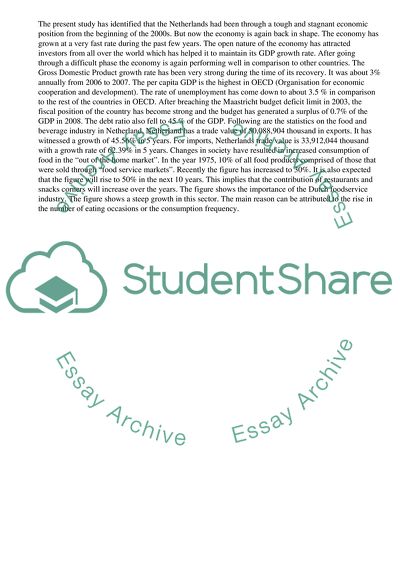Cite this document
(Food and Beverage Industry in the Netherlands Research Paper, n.d.)
Food and Beverage Industry in the Netherlands Research Paper. Retrieved from https://studentshare.org/business/1739456-research-on-food-and-beverage-industry-in-the-netherlands
Food and Beverage Industry in the Netherlands Research Paper. Retrieved from https://studentshare.org/business/1739456-research-on-food-and-beverage-industry-in-the-netherlands
(Food and Beverage Industry in the Netherlands Research Paper)
Food and Beverage Industry in the Netherlands Research Paper. https://studentshare.org/business/1739456-research-on-food-and-beverage-industry-in-the-netherlands.
Food and Beverage Industry in the Netherlands Research Paper. https://studentshare.org/business/1739456-research-on-food-and-beverage-industry-in-the-netherlands.
“Food and Beverage Industry in the Netherlands Research Paper”, n.d. https://studentshare.org/business/1739456-research-on-food-and-beverage-industry-in-the-netherlands.


